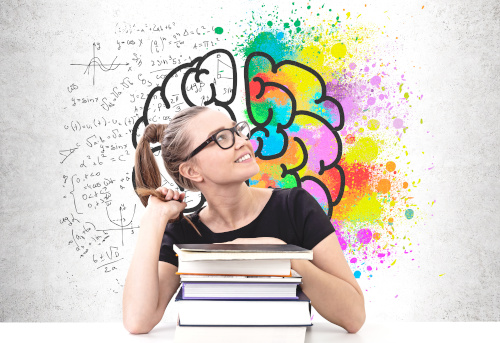If the global pandemic and school shutdowns taught us anything, it’s that we may have been taking teacher-student and student-student connections for granted pre-COVID. After all, with most or all students experiencing in-classroom learning, bonds, connections, and relationships are just bound to happen naturally.
Even with students “connecting” virtually during the pandemic, it quickly became clear that we needed to do more to cultivate connections both in the remote setting and–once it was safe–in the classroom. With social emotional learning (SEL) becoming an increasingly important focal point for many districts, it made sense for us to build up this aspect of our educational offering.
5 unexpected wins
For the new school year, we began rolling out an SEL curriculum districtwide with a focus on creating stronger bonds with and between students across all grades. We put a major emphasis on this rollout, with COVID as the primary catalyst for the initiative. We set aside money for one elementary school to pilot 7 Mindsets, and then we brought in several other vendors and used a very formalized process to pick our SEL curriculum.
7 Mindsets rose to the top as not just a solution for that particular elementary school, but to be a solution for all of our schools. Here’s what we got in return:
1. An engaging way to introduce SEL. Every month, our district celebrates one teacher and one student from each school who exude one of the mindsets (e.g., everything is possible, passion first, we are connected, etc.). Before the monthly board meeting begins, attendees are shown a short slide presentation featuring those individuals and a few sentences about why they display the specific mindset.
2. The merger of SEL and daily learning. Individual schools are also doing an amazing job of infusing SEL into their daily activities. For example, some use bulletin boards and sticky notes that students can use to write a note to someone for whom they are grateful. Other schools give students opportunities to buy someone a soda and put a little note and a Coke in their mailboxes.
3. Deeper connections with students. For us, 7 Mindsets helps initiate and deepen connections with our students, all while extending the impact of those relationships so they have a lasting impact beyond their tenure in the classroom. It fills a gap that we’ve been struggling with for years and it answers that question of “why?” with distinct resources and guidance as to the types of conversations and expectations we set for ourselves and for students.
4. Answers the pressing “why?” questions. I’m a “why person,” so I want to know answers to questions like: Why aren’t kids more successful? Why aren’t they engaged in class? Why don’t they care about whether or not they do their work? Why aren’t they coming to school? In most cases, the problems don’t involve curriculum (you might not like math, but if you love your math teacher, you’ll do your best in math). Our SEL curriculum helps me get answers to these and other questions that educators and administrators have been struggling with for years. It not only provides a portal and lessons, but it also gives us distinct resources and guidance that we can use to set expectations for ourselves and for our students.
5. Encourages students to pursue their passions. From kindergarten through 12th grade, students are consistently reminded to be accountable, set their own goals, and measure their successes. With 7 Mindsets as our foundation, we can take this a step further and help youngsters pursue their passions, rise above obstacles, and understand that they’re not in this alone—we’re all in it with them together.
In the educational setting, we make a lot of assumptions about what students are ready, willing, and able to do. Most of our efforts are focused on content. An SEL curriculum allows us to focus on students, meet them where they are, and identify the root causes of their challenges. So while those students still need to know numeracy and literacy—and pass their classes—we’re now able to add that accountability layer through a robust, structured SEL learning platform.
- Motivating students using the Self-Determination Theory - April 17, 2024
- Michigan Virtual’s statewide workgroup releasing AI guidance for K-12 educators - April 17, 2024
- 5 obstacles AI can help schools overcome - April 16, 2024

